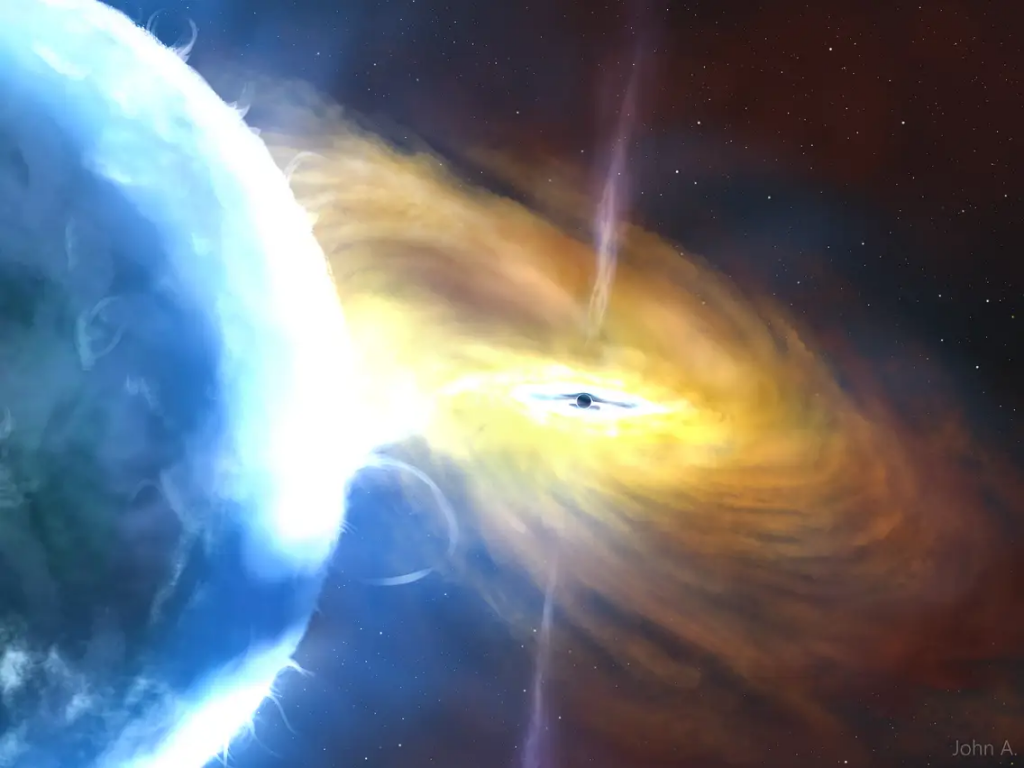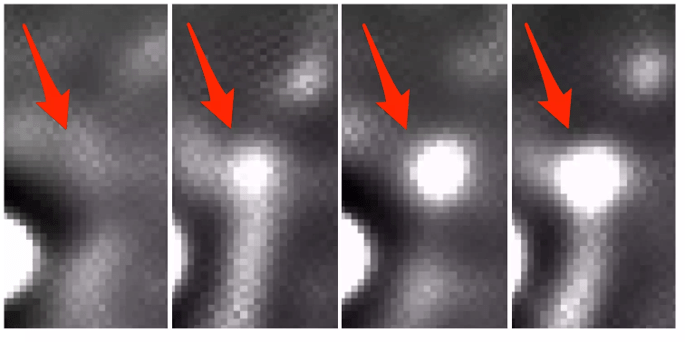A recent astronomical discovery has unveiled the largest cosmic explosion ever witnessed by astronomers. This extraordinary event, occurring approximately 8 billion light years away, has lasted over three years and is more than ten times brighter than any known supernova.
The explosion, named AT2021lwx, has captivated scientists due to its unprecedented scale and energy release. Led by Dr Philip Wiseman from Southampton University, a team of astronomers have shed light on the fascinating details surrounding this cosmic phenomenon.

Initially, the colossal explosion went unnoticed for a year as it gradually grew brighter. It was only through subsequent observations that the astronomers comprehended the immense magnitude of the event. Dr Wiseman described the explosion as a fireball, estimated to be 100 times larger than the solar system, with a brightness surpassing the sun by 2 trillion times. The energy released by AT2021lwx within three years far exceeds what the sun emits over its 10 billion-year lifespan.
Scientists propose that this awe-inspiring explosion was triggered by a supermassive black hole devouring an enormous cloud of gas. The cloud, potentially thousands of times larger than our sun, may have originated from the surrounding dusty “doughnut” commonly found near black holes. However, it remains unclear what caused the gas cloud to veer off its orbit and plunge into the black hole.
Although AT2021lwx is not the brightest phenomenon ever witnessed, it has surpassed the energy release of a brighter gamma-ray burst observed the previous year, which lasted only a few minutes. The sustained intensity of AT2021lwx distinguishes it as an extraordinary event that continues to fascinate researchers.

The Zwicky Transient Facility in California initially detected the explosion in 2020. This facility surveys the night sky for sudden increases in brightness, indicating potential cosmic events like supernovae or celestial objects passing by. While the event did not initially stand out, subsequent observations enabled astronomers to calculate its distance, revealing the remarkable nature of the phenomenon.
Dr. Wiseman and his team were astounded when they comprehended the scale of AT2021lwx. Considering its brightness, the explosion was beyond the plausible range for a supernova. Consequently, they turned to another plausible scenario known as a tidal disruption event. This occurrence involves a star venturing too close to a black hole, resulting in its disintegration, with some parts being consumed and the rest forming a swirling disc around the black hole.

Simulations suggested that for AT2021lwx, a star with a mass up to 15 times that of the sun would have been necessary. However, due to the rarity of such an encounter, the team hypothesized that a much larger cloud of gas was the likely cause of the explosion.
The researchers speculate that a substantial halo of gas and dust encompasses supermassive black holes. They propose that the disruption of this material, possibly due to a galaxy collision, caused it to move inward. As the material spiraled towards the black hole’s event horizon, it generated immense heat and light, illuminating a portion of the doughnut and heating it to temperatures between 12,000 and 13,000 degrees Celsius.
The research was published in the journal Monthly Notices of the Royal Astronomical Society.
Source: Royal Astronomical Society


